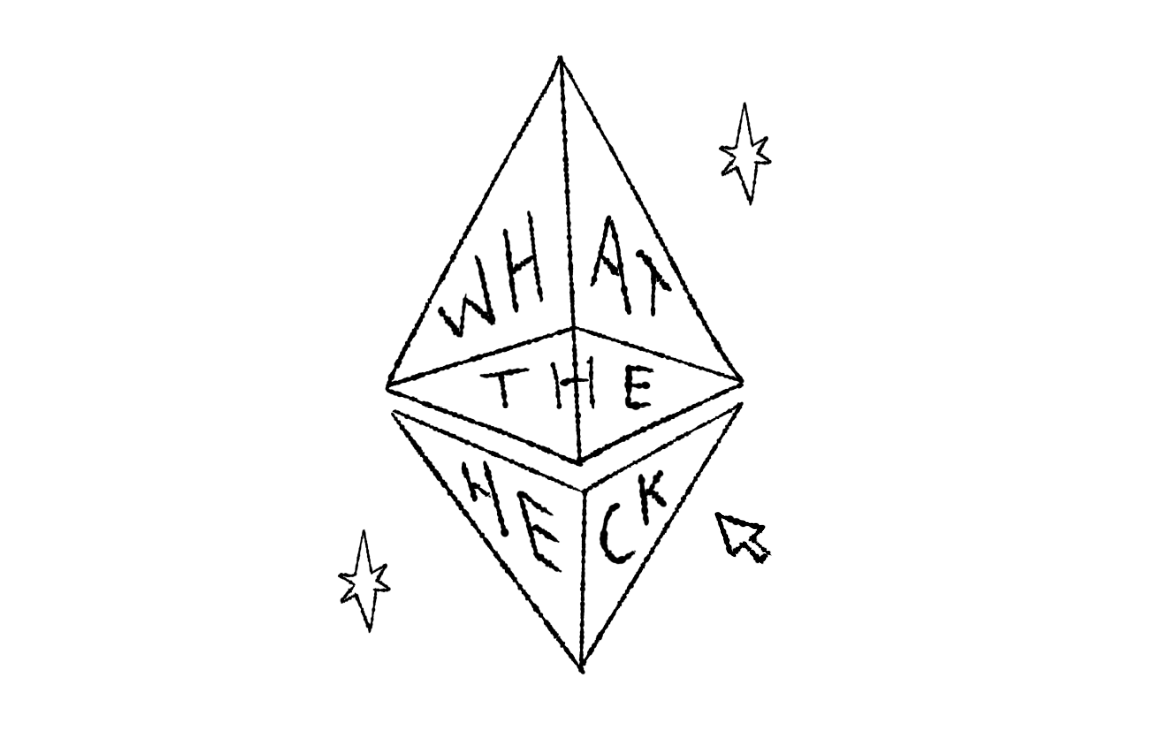The next digital revolution — let’s break it down for you.
Chances are you’re feeling the same way your grandparents did when the internet blew up in the ’90s and, rest assured, you’re not alone.
Las year , you saw Mark Zuckerberg host a weird video about a game-like reality. Now, your friends are making thousands of dollars on some alien planet they call the “Metaverse.”
What kind of witchcraft is going on here? Let me break it down for you.
NFTs explained
An NFT, or “non-fungible token” is a digital asset that’s been around for quite a while now. In plain English, that basically means that it’s entirely unique and irreplaceable… kind of like the original Mona Lisa — just digital.
Think of it as a form of virtual art, whether it’s music, a drawing, a Gucci-themed ghost, or a picture of your cat. Wait, I can make money off my cat? We’ll get into that in a second.
So how exactly do NFTs work? It all started with Ethereum, the first blockchain to support these tokens. To oversimplify: a blockchain is a digital ledger that records and distributes all transactions across an entire network of computer systems, making it virtually impossible to be manipulated.
Ethereum’s blockchain, unlike Bitcoin and Dogecoin, is designed to support NFTs by storing additional bits of information. Attaching metadata (details like name, description, image and a link), along with a transaction log, to each token provides investors, artists, and collectors an additional layer of authenticity and value to their assets.
When crypto-mania exploded and gained support from high-profile celebrities such as Paris Hilton, Gen Z masses were quick to hop on the trend. In fact, Chain Analysis, a data platform providing research findings, estimates that the NFT market reached $41 billion (yes, with a “b”) in 2021.
Unsurprisingly, a number of other NFT-supported blockchains have since emerged like Flow and Tezos, each trying to capture their share of the market.
The Metaverse explained
So, you just bought Beeple’s artwork for $69 million and want to show it off. There’s only one problem – it’s not a physical object. Did you really just waste $69 million? No need to panic, the tech gods have got us covered.
Simple, just buy land in Decentraland – one of many virtual land platforms – build a museum, hang up your most prized possessions on the wall and invite others to visit. Problem solved.
Welcome to the Metaverse.
A virtual or augmented reality where you can do everything you do in the real world — okay, maybe more. Your avatar (fancy way of saying your fictional character) can buy clothes, cars, houses and can go to work, just like you do in real life. Here’s the catch: those virtual goods cost real money.
If you’re thinking this might just be a phase, have a look at world-renowned brands who are diving into NFTs like Coca-Cola, Taco Bell, Balenciaga, Gucci, Ray-Ban… the list goes on. They can now sell their products for real money, while avoiding rising costs along with the entire manufacturing and supply-chain process. No wonder big corporations are hopping on the crazy train.
I just want to know how I can make money off my cat
Well, it’s certainly not impossible. A proud pet owner recently sold a picture of their grumpy cat as an NFT for $83,000. Shortly after, a meme of a dog, commonly known as Doge, was auctioned for $4 million. The best part is that the process is pretty straightforward once you got your digital wallet set up: you simply select an NFT marketplace like OpenSea, upload your file along with important details, and let the buyers bid away.
Oh, and it gets better. A CNBC report just announced that real estate sales in the Metaverse hit $500 million in 2021. Let that sink in – digital land and buildings… in an imaginary world… are now worth more than Beyonce’s entire career. Yes, the world has completely lost its mind. Or perhaps not.
It seems the Metaverse, along with NFTs, has given birth to a different form of investment. Similar to stocks, investors are buying tokens with the expectation that their value will appreciate and that they’ll be able to re-sell them for a profit. Of course, this is the lowest level of NFT involvement and requires nothing but a digital wallet and a couple hundred dollars (maybe more than a couple).
So, the big question remains: is this a bubble? Perhaps, but one thing is sure, there is money to be made until it bursts.
Graphics by James Fay
